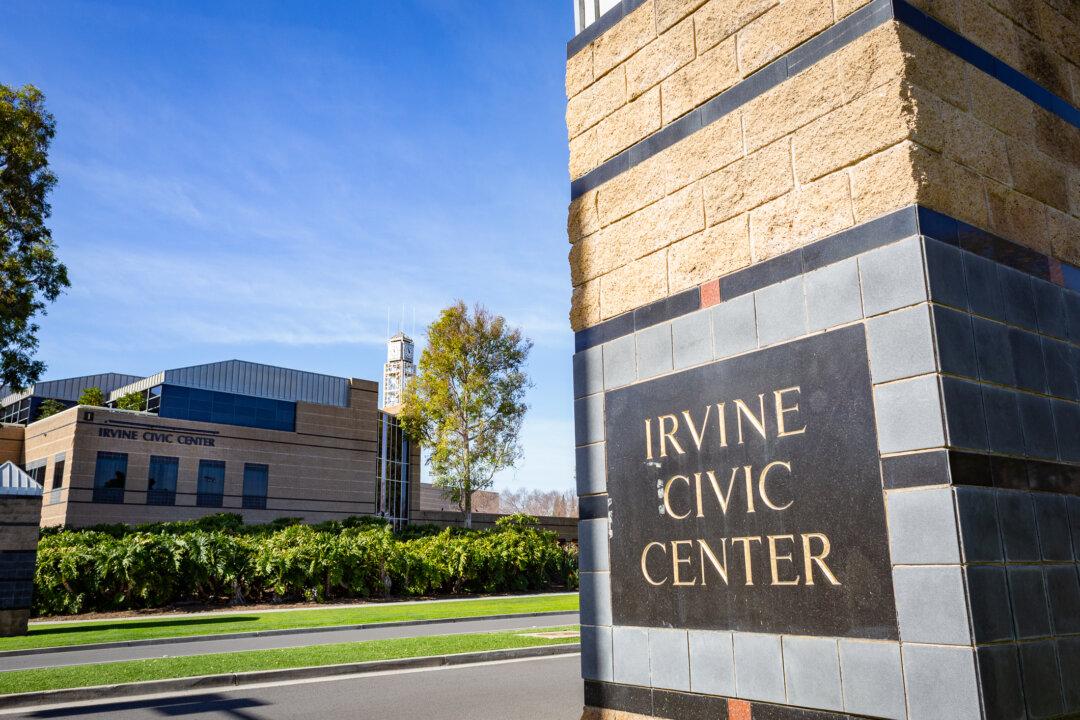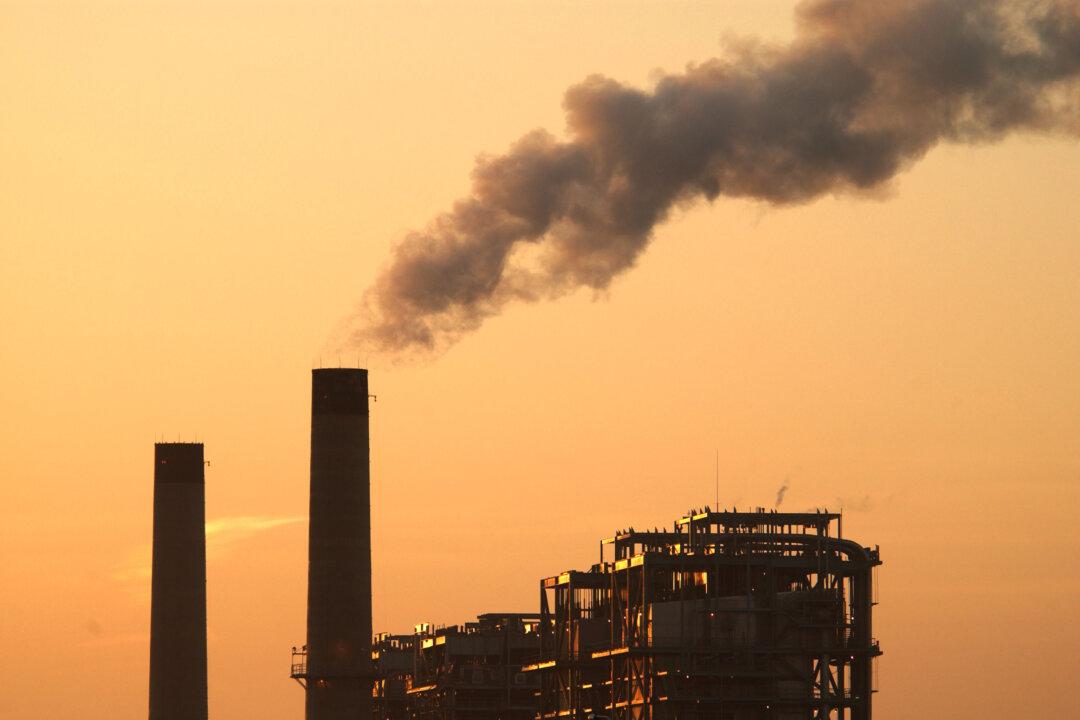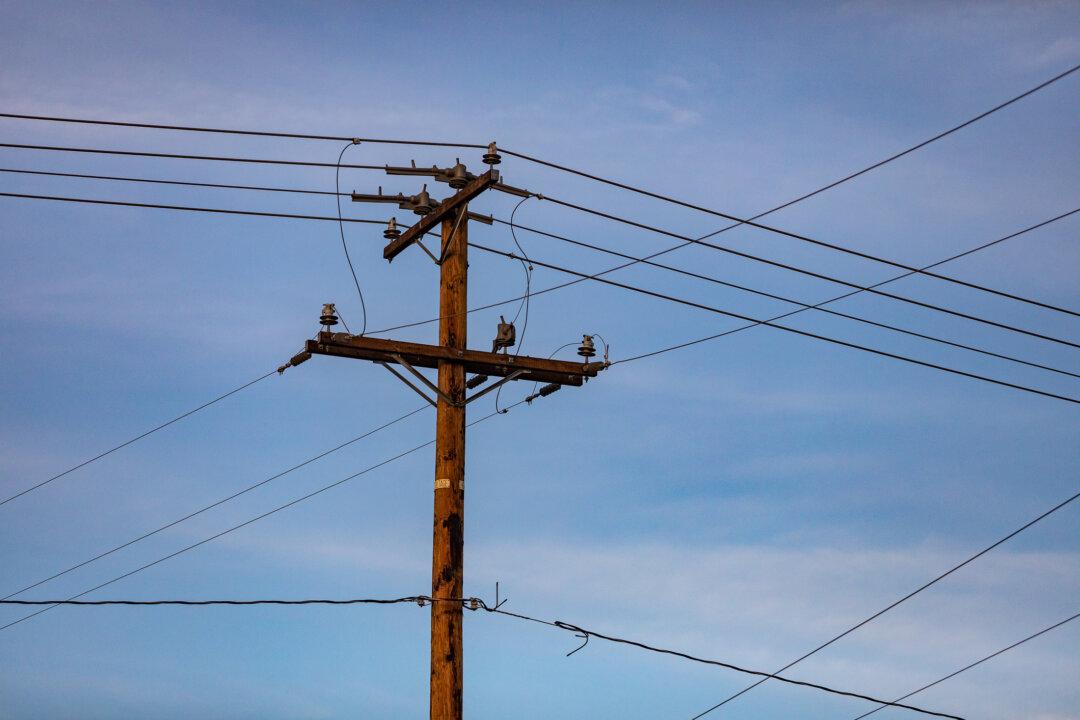Commentary
Orange County Power Authority (OCPA) is imploding following a Grand Jury’s scathing report about the agency’s policy and personnel shortcomings. Buena Park is reportedly considering ditching the energy upstart, and other OCPA member cities are calling for an audit, all while the agency is whispering that its prices are now headed up.





